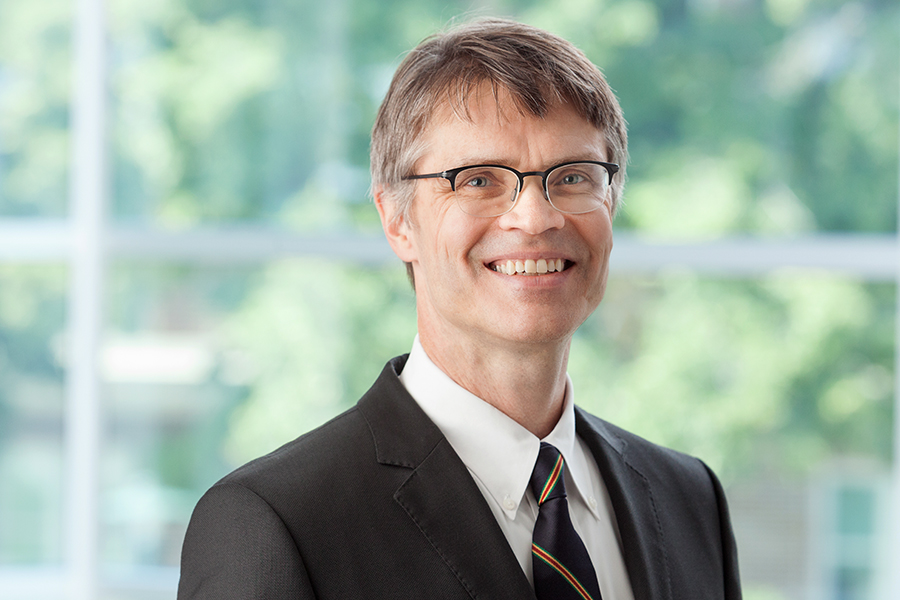Mark A. Carlson, MD, FACS
Professor, UNMC Department of Surgery, Division of General Surgery, MIS & Bariatric Surgery
Professor and Vice Chair of Research, Department of Surgery
Director, Center for Advanced Surgical Technology (CAST)
Director, Program of Excellence in Comparative Effectiveness Research

Dr. Carlson is a professor and vice chair of research in the Department of Surgery at the University of Nebraska Medical Center in Omaha, Nebraska, with a courtesy appointment in the Department of Genetics, Cell Biology and Anatomy, and an adjunct appointment in the Department of Biomechanics at the University of Nebraska at Omaha. He also has a part-time appointment in the surgery department at the Omaha VA Medical Center.
Dr. Carlson is principal investigator of federally-funded research laboratories at UNMC and the Omaha VA Medical Center, performing basic and preclinical research on solid tumors, limb ischemia, hemostasis, wound healing and biomaterials, with interest in the use of large animal models. In 2022, Dr. Carlson was named in the top 2% of researchers in the world in his field, per an independent study out of Stanford University.
Dr. Carlson also is the director of UNMC’s Center for Advanced Surgical Technology, which focuses on developing novel surgical technologies for the clinic, along with research in education, training, and surgical outcomes. In addition, Dr. Carlson is the director of UNMC’s Program of Excellence in Comparative Effectiveness Research, which functions to identify knowledge gaps in the effectiveness of clinical care and to prioritize, promote, and stimulate comparative effectiveness research in these areas.
Dr. Carlson received his medical degree from Case Western Reserve University in 1989, and then completed a residency in general surgery at the Medical College of Wisconsin in 1995. He then went on to complete two fellowships, one in minimally invasive surgery at Medical College of Wisconsin in 1996 and then one in wound healing at the University of Texas Southwestern Medical Center in 1999.
Dr. Carlson is an active surgeon whose clinical interests include minimally invasive surgery, foregut surgery, abdominal wall reconstruction, GI surgical oncology, colorectal surgery, and emergency general surgery.
- MD: Case Western Reserve University School of Medicine, Cleveland, Ohio
- Residency: Medical College of Wisconsin, Milwaukee, Wisconsin
- Fellowship: Minimally Invasive Surgery, Medical College of Wisconsin, Milwaukee, Wisconsin
- Fellowship: Wound healing, University of Texas Southwestern Medical School, Dallas, Texas
- Surgical Instrument Development (Minimally Invasive and Open Surgery)
- Synthetic Surgical Mesh for Hernia Surgery
- Hemostatic Devices for Emergency and Elective Surgery
- Pancreatic cancer
- Severe bleeding in trauma
- Hernia mesh
- Stem cell therapy
- Peripheral arterial disease
- Wound healing
- Large animal models
Division of General Surgery, MIS and Bariatric Surgery
University of Nebraska Medical Center
983280 Nebraska Medical Center
Omaha, NE 68198-3280
VA Nebraska Western-Iowa Health Care System
Surgery 112, VA Medical Center
4101 Woolworth Avenue
Omaha, NE 68105
Support Staff
Alex Lane
402-559-6592